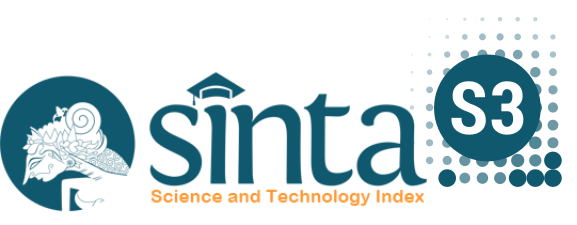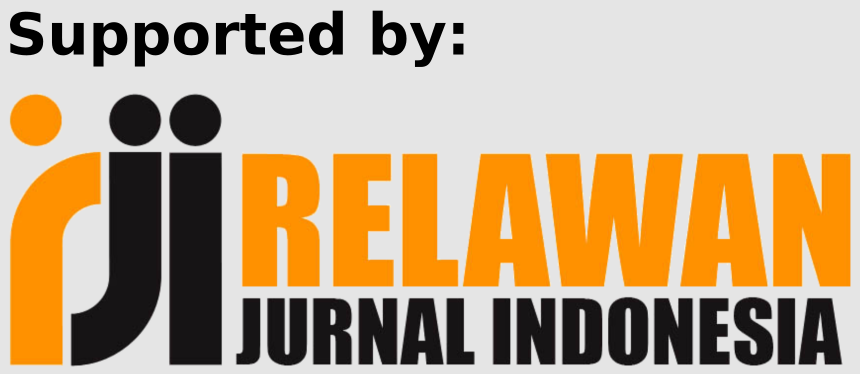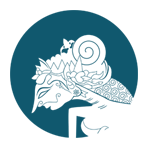The life scenarios of family who have autistic child at home
DOI:
https://doi.org/10.31101/jhtam.765Keywords:
autistic children, life scenarios, familyAbstract
References
Agustiar. (2004). Gender Dalam Budaya Puak Melayu Riau. Jurnal Ilmu Budaya, 1(1), 67–75.
Bal, V. H., Kim, S., Cheong, D., & Lord, C. (2016). Daily living skills in individuals with autism spectrum disorder from 2 to 21 years of age. HHS Public Access, 19(7), 774–784
Braun, V. & Clarke, V. (2006). Using thematic analysis in psychology. Qualitative Research in Psychology. 3(2):77-101.
CDC. (2016). Community Report on Autism 2016. National Center on Birth Defects and Developmental Disabilities Division of Congenital and Developmental Disorders. Retrieved from http://www.cdc.gov/ncbddd/autism/states/comm_report_autism_2014.pdf
Dudley, C., & Emery, J. C. H. (2014). The value of caregiver time : costs of support and care for individuals living with autism spectrum disorder. The School of Public Policy University of Calgary, 7(1). Retrieved from www.pol icyschool.ca
Gray, D. E. (2003). Gender and coping: The parents of children with high functioning autism. Social Scienceand Medicine, 56, 631–642.
Gorsky, S. M. (2014). Self-Care Strategies Among Parents With a Child Diagnosed With Autism Spectrum Disorder. California State University - San Bernardino, gorskys@coyote.csusb.edu. 1-47
Hartmann, A. (2012). Autism and its Impact on Families. School of Social Work St. Catherine University & St. Thomas University St. Paul, Minnesota. 1-78. Retrieved from http://sophia.stkate.edu/m
Hawley, D. R., & DeHaan, L. (1996). Toward a deï¬nition of family resilience: integrating life span and family perspectives. Family Process, 35,283–298
Hoffman, E. (2012). Raising a child with Autism : Exploring family support structures. Stellenbosch University http://scholar.sun.ac.za
Kusumastuti, A. N. (2014). Stress Ibu Tunggal Yang Memiliki Anak Autis. Jurnal Psikologi, 2, 54–60.
Koydemir, S., & Tosun, Ü. (2009). Impact of autistic children on the lives of mothers. Procedia - Social and Behavioral Sciences, 1(1), 2534–2540.
Lindgren, S., & Doobay, A. (2011). Evidence-Based Interventions for Autism Spectrum Disorders. Department of Human Services by the Center for Disabilities and Development of the University of Iowa Children’s Hospital., 2-24
Maulana, M. P. (2015). Peran Keluarga Bagi Anak Autis (Studi Kasus 3 Keluarga Yang Memiliki Anak Autis di Lembaga Child Care Center). Departemen Ilmu Kesejahteraan Sosial, Fakultas Ilmu Sosial Dan Ilmu Politik Universitas Indonesia Depok.
Newschaffer, C., Croen, L. A., Daniels, J., Giarelli, E., Grether, J. K., Levy, S. E., & Windham, G. C. (2007). The epidemiology of autism spectrum disorders. Annual Review of Public Health, 28, 235–58.
Olson, M. (2010). Impact Autism Spectrum Disorders Has On Parents. The Graduate School University of Wisconsin-Stout.1-60
Schaaf, R. C., Toth-Cohen, S., Johnson, S. L., Outten, G., & Benevides, T. W. (2011). The everyday routines of families of children with autism: Examining the impact of sensory processing difficulties on the family. Autism, 15(3), 373–389.
Sharma, N., Chakrabarti,S., & Grover,S.(2016). Gender differences in caregiving among family - caregivers of people with mental illnesses, World J Psychiatr, 6(1): 7-17
Walsh, F. (1996). The concept of family resilience: Crisis and challenge. Family Process, 35, 261–281.
Downloads
Published
How to Cite
Issue
Section
Citation Check
License
Authors who publish with Journal of Health Technology Assessment in Midwifery agree to the following terms:
- Authors retain copyright and grant the journal right of first publication with the work simultaneously licensed under a Creative Commons Attribution License (CC BY-SA 4.0) that allows others to share the work with an acknowledgment of the work's authorship and initial publication in this journal.
- Authors are able to enter into separate, additional contractual arrangements for the non-exclusive distribution of the journal's published version of the work (e.g., post it to an institutional repository or publish it in a book), with an acknowledgment of its initial publication in this journal.
- Authors are permitted and encouraged to post their work online (e.g., in institutional repositories or on their website) prior to and during the submission process, as it can lead to productive exchanges, as well as earlier and greater citation of published work.

Journal of Health Technology Assessment in Midwifery is licensed under a Creative Commons Attribution-ShareAlike 4.0 International License..













